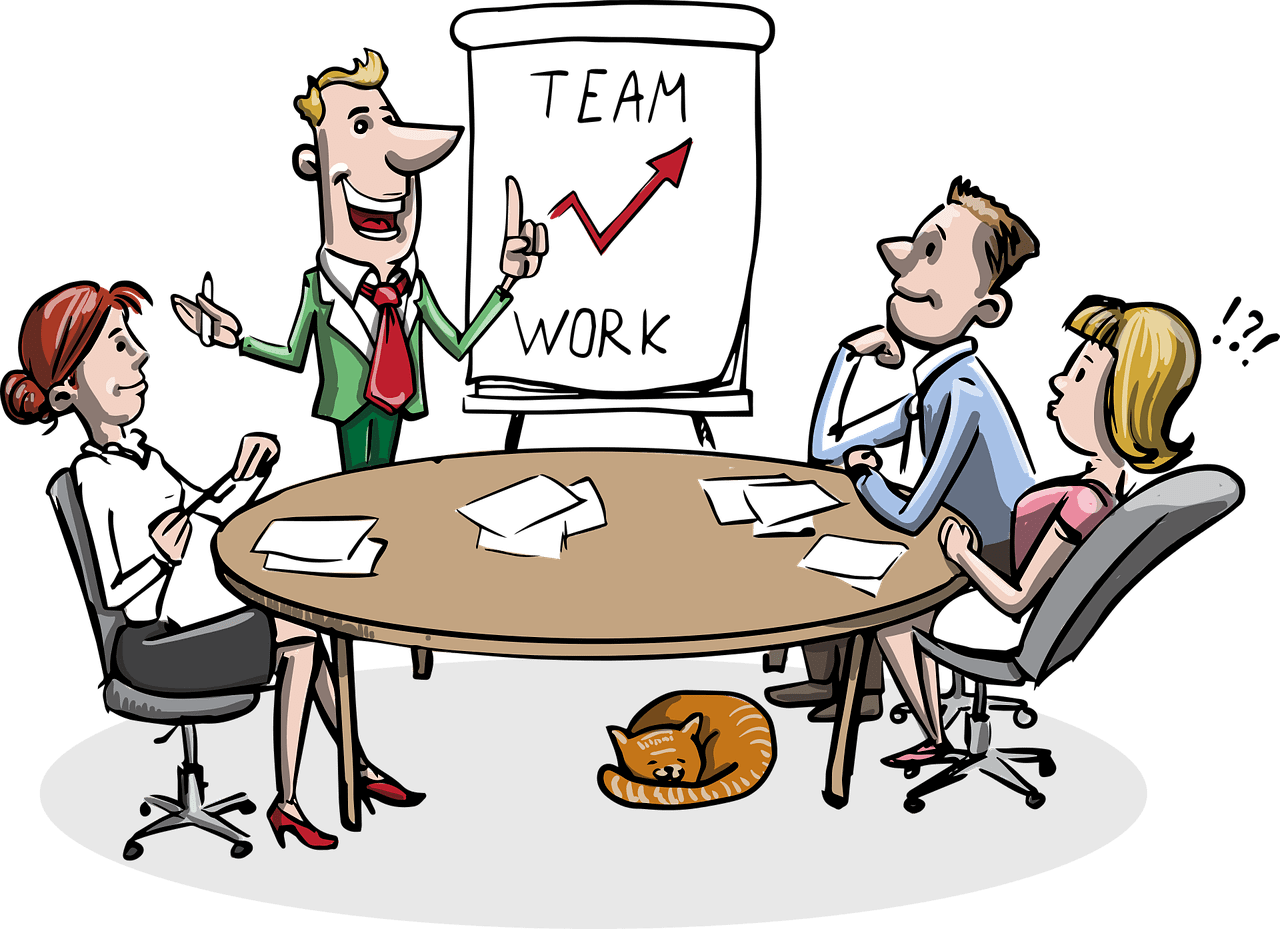Is there an optimal way to present a project to stakeholders?
In the world of project management, presenting and communicating a product’s strategy is not an isolated phase of the project’s life cycle.
In fact, anyone involved in project management must deal with project sponsors and stakeholders and maintaining an open and effective communication with them is important.
CONTENT INDEX
In fact, it will be necessary to update the relevant stakeholders throughout the whole process, to keep everyone informed of progress and to ensure that everyone is working towards the same strategic goals.
But successful project managers also know that communication does not work in just one way and they must also seek feedback from stakeholders.
Of course, it is not possible to always listen and consider everyone, so the project manager needs to know who to talk to, when and what.
In this article, we will explain how to communicate with stakeholders at every stage of a project’s life cycle and how to obtain their consent.
How to communicate with interested parties throughout the process
There are more situations during a project ranging from planning to execution. For each of these phases, it is very important to communicate with stakeholders correctly. Let’s see the various steps together.
Planning stage
It is important to work closely with the leaders of the organization, developing a clear vision of the product and identifying the most important strategic goals.
If the project manager and the stakeholders can agree in advance on the vision and the strategic goals of the project, there will certainly be less confusion on the definition of the priorities later.
Priority definition
Once the strategic goals are clear, priority can be given to specific tasks within the project.
This is where open communication with department managers becomes important, such as marketing, sales, customer support, etc.
It is important to discuss their main priorities and to establish together how these priorities fit into the more general themes and strategic goals.
If stakeholders are involved in the process of setting priorities, they are much more likely to favor decisions made by the project manager.
Execution Phase
Once the priorities have been established for initiatives aimed at reflecting strategic goals and a consensus has been reached between the main stakeholders, it is time to translate the vision into operative measures.
The roadmap must become now more detailed.
Here, the resources must be chosen and distributed for each initiative, assign ownership of the initiatives to the different team members and designate the deadlines.
Once the plans have been determined and the team has been set in motion, it is important to ensure that all stakeholders are always updated.
Planning meetings with the various interested parties allows the project manager to communicate the status of the project and explain what will happen in the future.
Sometimes, when an organization is very large, it becomes logistically difficult to include every single interested person. In this case, a solution is to directly involve the directors and the department managers, so that they can then pass the information to the respective teams.
Moreover, providing autonomous access to the project roadmap is another way to build consensus and engage stakeholders. In these cases, it is useful, for example, to use a project management software that includes this functionality.
Twproject‘s public page for projects, for instance, offers a very useful solution for showing selected relevant data to stakeholders and fostering communication among the parties. Have a look at how it works:
This can fill potential communication gaps and prevent embarrassing conversations with interested parties who claim not to know what was being done.
Strategies for obtaining stakeholder consensus

As a project manager, it will be necessary to understand how to present a project to different audiences that have with different interests.
If the public is composed of managers, for example, the goal will probably be to convince them to accept the overall project strategy.
If the public is another segment of the organization, the goal will probably be to communicate the project’s goals and create consensus.
In both cases, it is necessary to be clear and persuasive, so that the stakeholders understand the strategy and agree with the priorities.
Here are some suggestions to best conduct this type of meetings:
1. Be prepared
Creating a presentation document is one of the steps, but it’s not enough. The project manager must be ready to tell a convincing story and justify why any planned initiative deserves to be completed.
- Structuring the presentation: a good presentation starts with the general picture and after that explaines the details. Start with the “why”, sharing strategic goals, before moving on to a more detailed explanation of “how” and “what”.
- Be concise: the content of the presentation must be simple, clear, and direct.
- Anticipate objections: be ready to respond to concerns about why certain initiatives must be pursued. This is linked to market knowledge and the use of a priority-setting plan. If the project is based on data, the project manager should have no problem justifying priorities to the stakeholders.
- Provide specific examples: it is one of the most powerful tools that can be used to convince an audience.
2. Know the audience
Bottom-up communications, such as the presentation of strategic goals to managers for example, follow a very different process than top-down communication, such as the presentation of specific task plans to developers.
In executive-oriented presentations, for example, it is important to focus on high-level issues and strategic goals.
The discussion should relate to market space, customer data, and potential return on investment.
Another audience, like the developer, may be interested primarily in specific activities, requirements, and deadlines.
Moreover, the language used during the presentation must be appropriate for the public.
If the public is not technical, it is necessary to use simple language without technicalities and avoid acronyms and abbreviations that are not commonly known outside of the sector.
3. Communicate the status
During the project life cycle, the stakeholders will want to know the status of the project, the way the resources are allocated, and how the status of the project could change based on different potential scenarios.
Here’s what helps in these cases:
- Include the completion status as a percentage for each project activity. By providing these details, it is possible to stimulate conversations about how initiatives depend on each other.
- Another approach is to use a color coding system to communicate the status of each activity. For example, it is possible to choose to distinguish planned, approved, developing, and completed initiatives through color schemes or tags.
- Finally, the project manager must be sure to save previous versions of the project roadmap. By creating an archive of old roadmaps, it is possible to easily trace which initiatives have been completed, delayed, rejected, or canceled.
4. Use images
People only remember a small percentage of what they hear, so visual aids are critical in order to keep the audience’s attention and make sure the key points remain.
Images should integrate and clarify what is said verbally and not present additional information.
Avoid to publish lengthy or complicated slides that could distract the public.
Make sure the writings are large and easily readable, using color combinations to show how the initiatives relate to each other and to the larger strategic goals.
A project manager has the task of dealing with a project in its entirety and one of his very important responsibilities is continuous communication with all stakeholders, at every stage of the product life cycle in order to ensure that the project has the best chances of success.
After all, no project manager can manage every detail and task of project development alone.
Any successful project is the result of a talented and knowledgeable team that works together to achieve a common strategic goal.
With this in mind, a project manager should therefore devote sufficient energy and attention to iteratively communicating with team and stakeholders.
An effective project management tool can help you perform this task with much more agility: find out for free what Twproject does to help you plan and present your projects.




